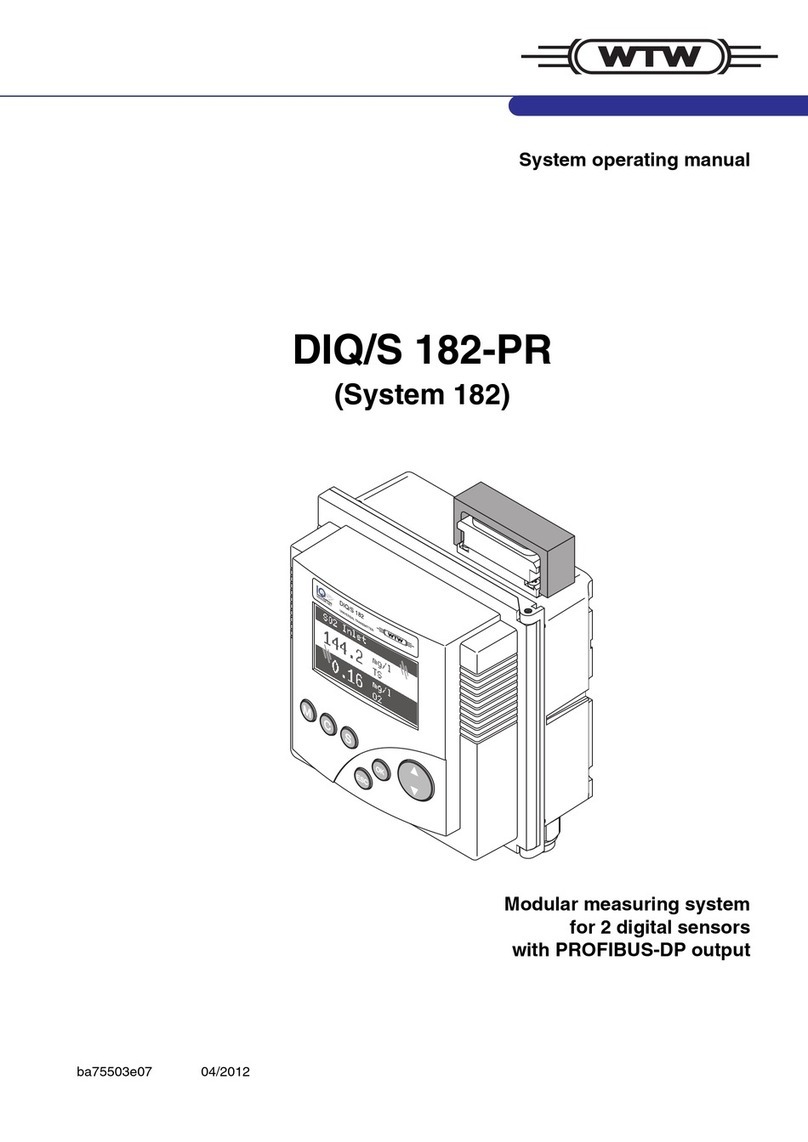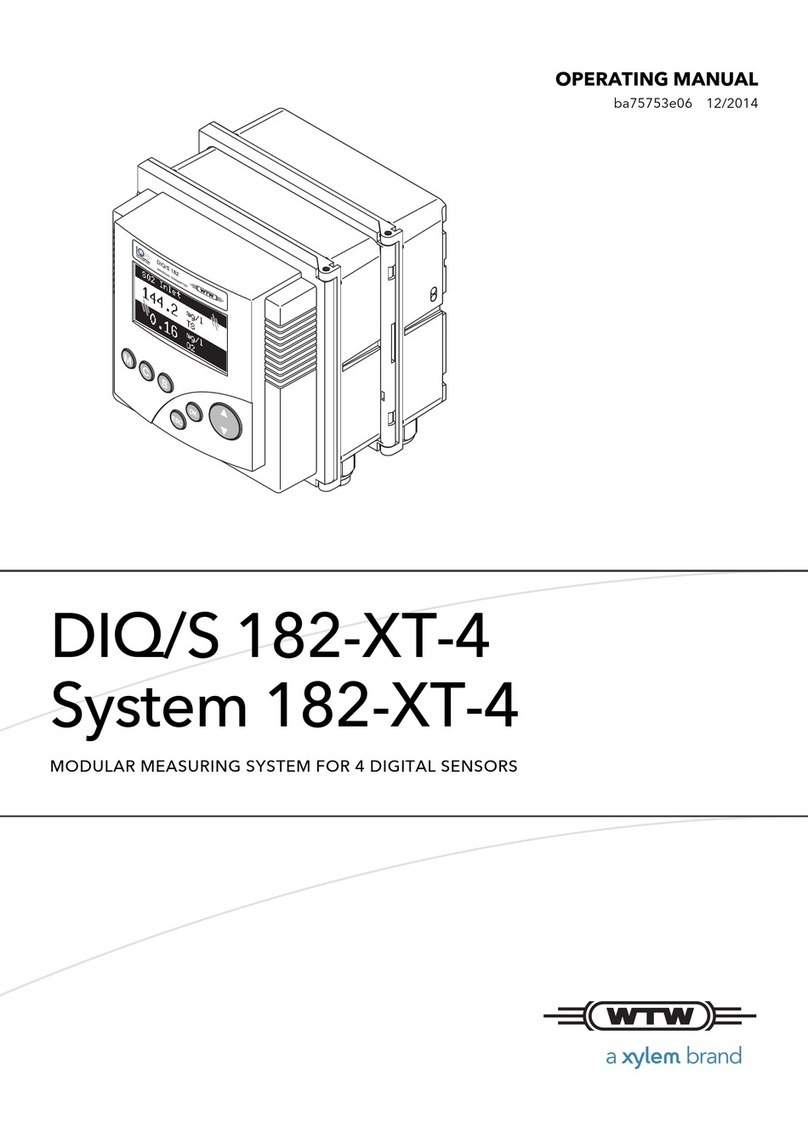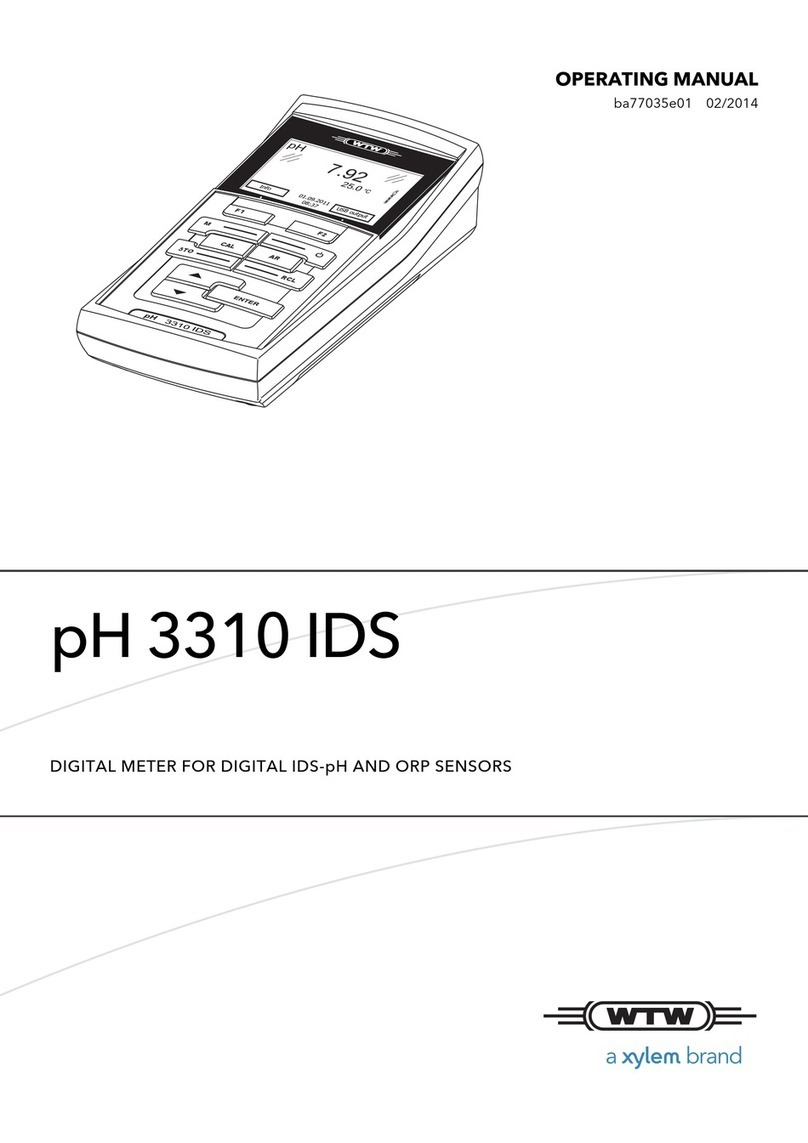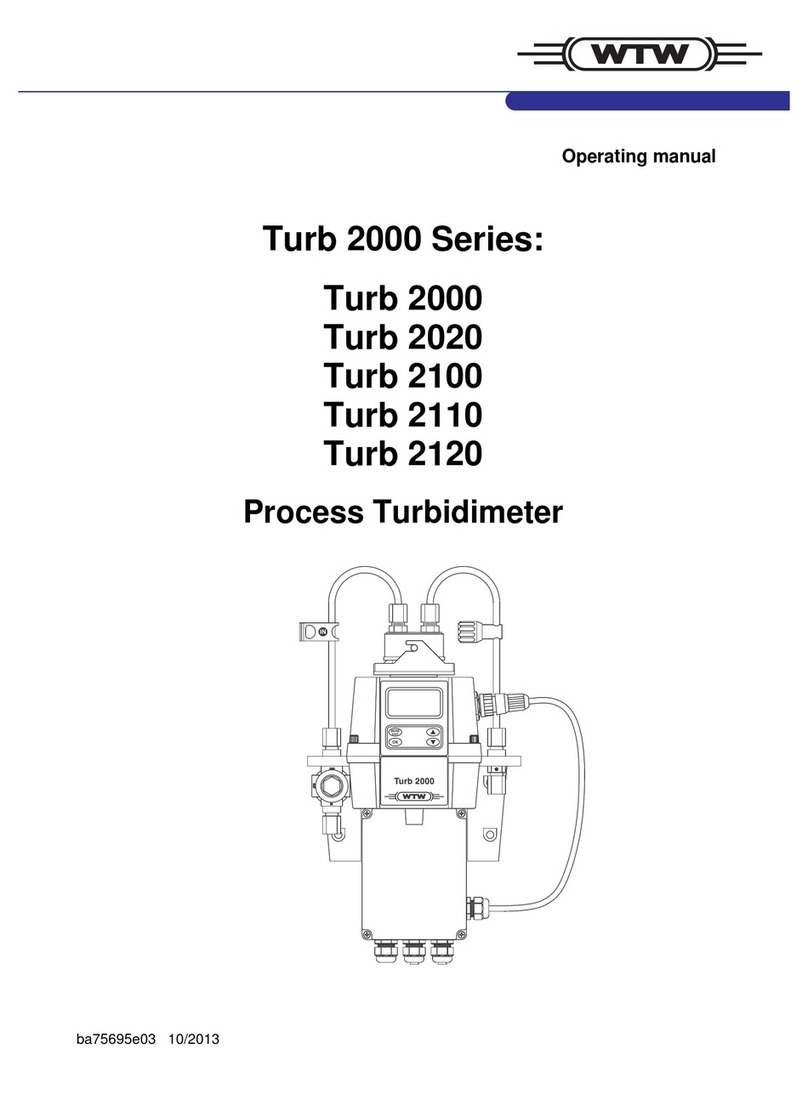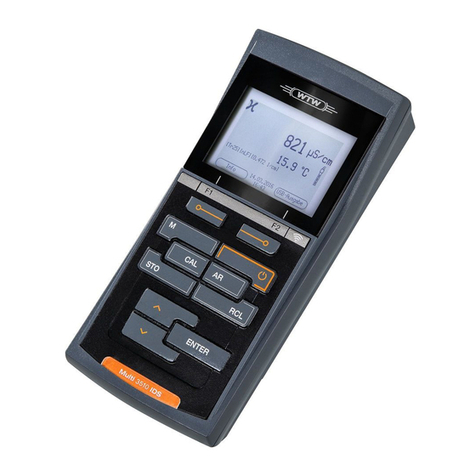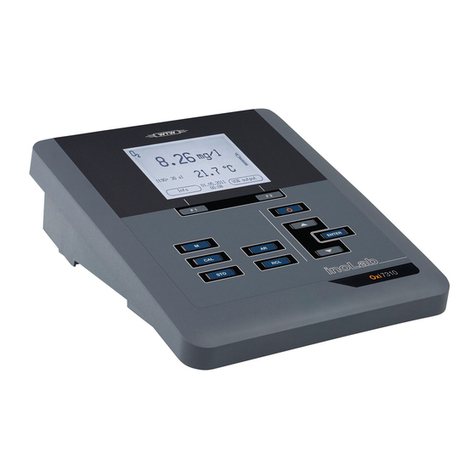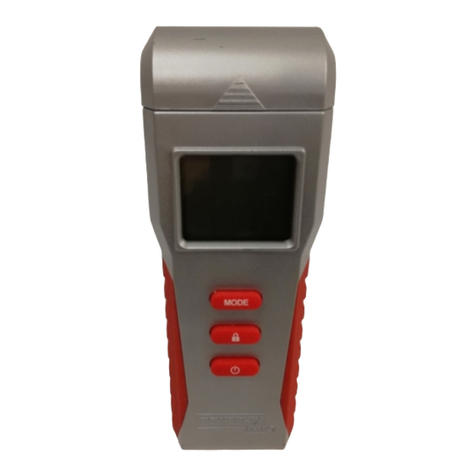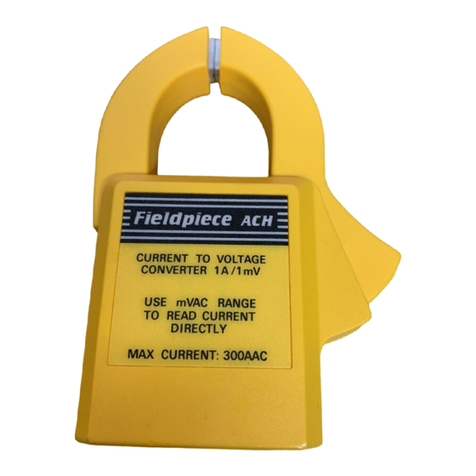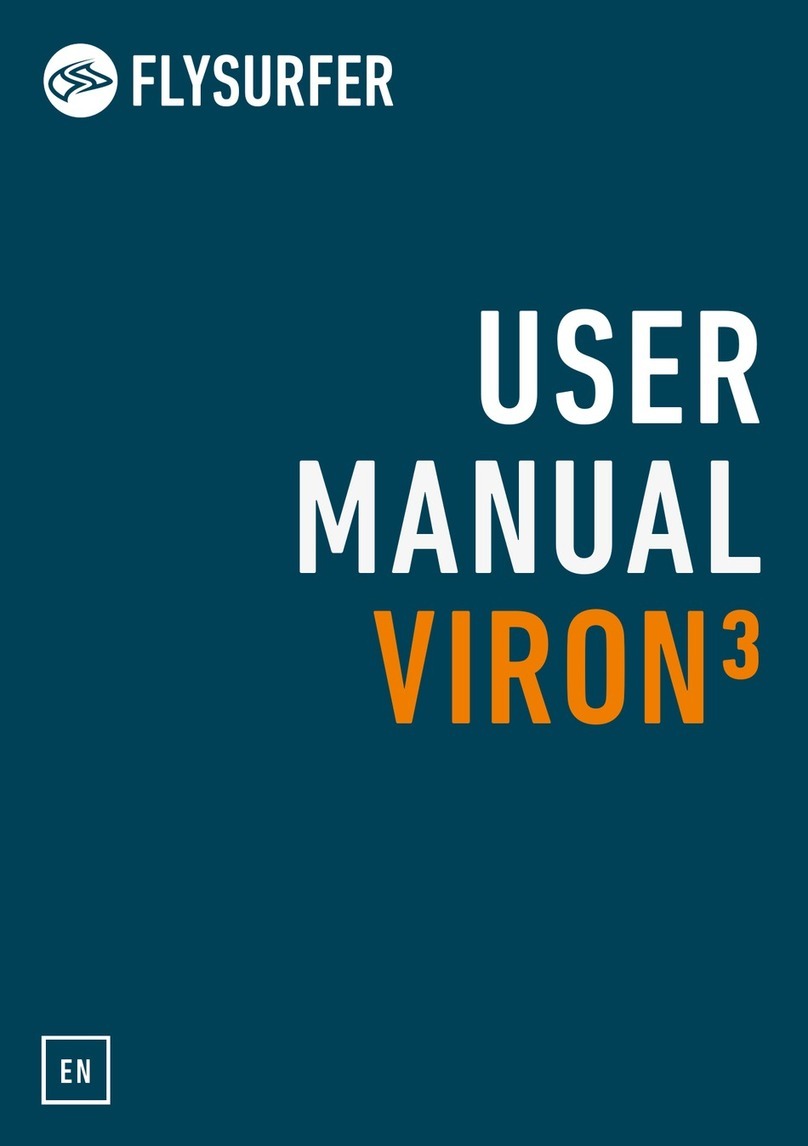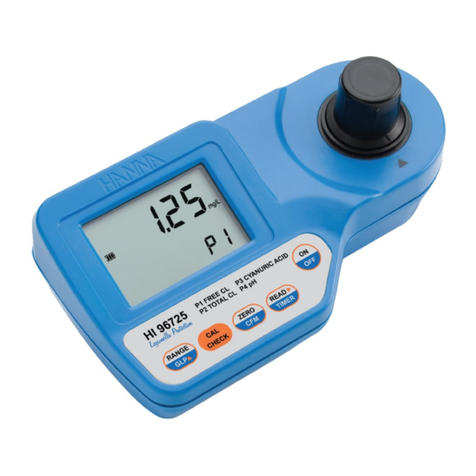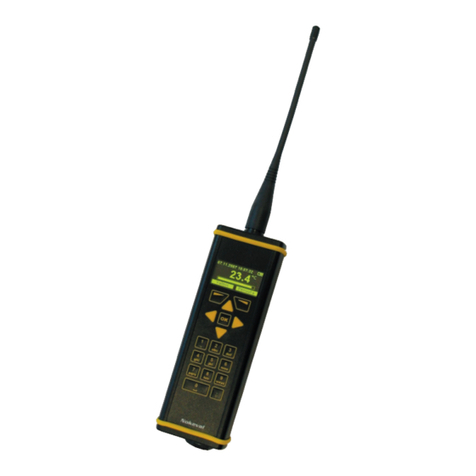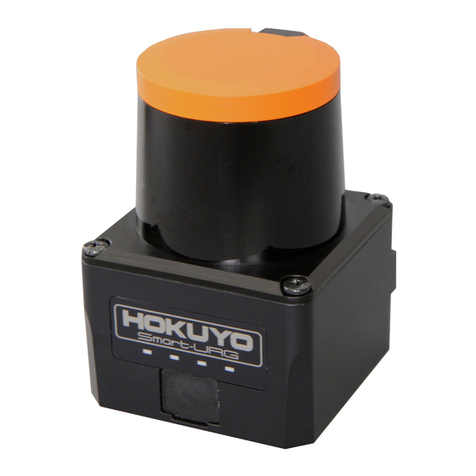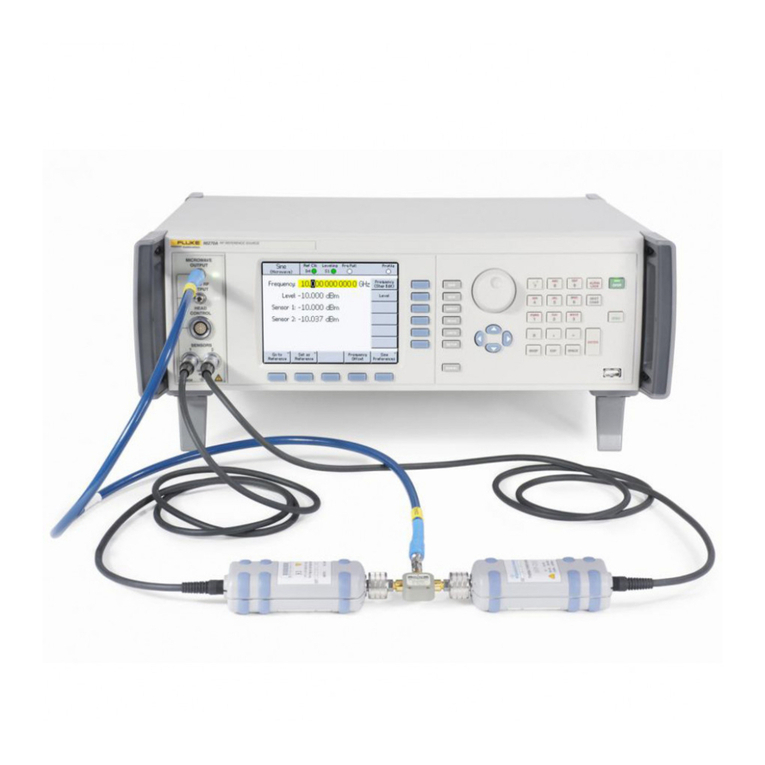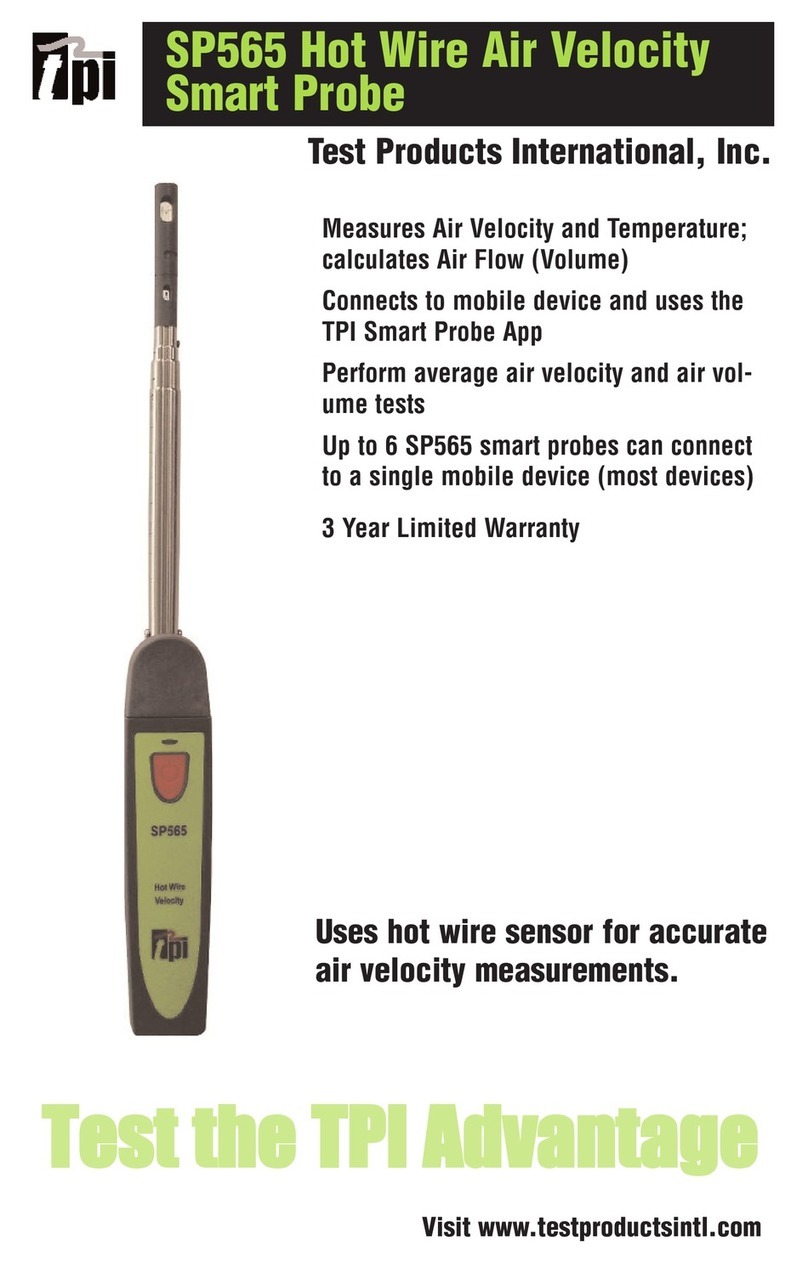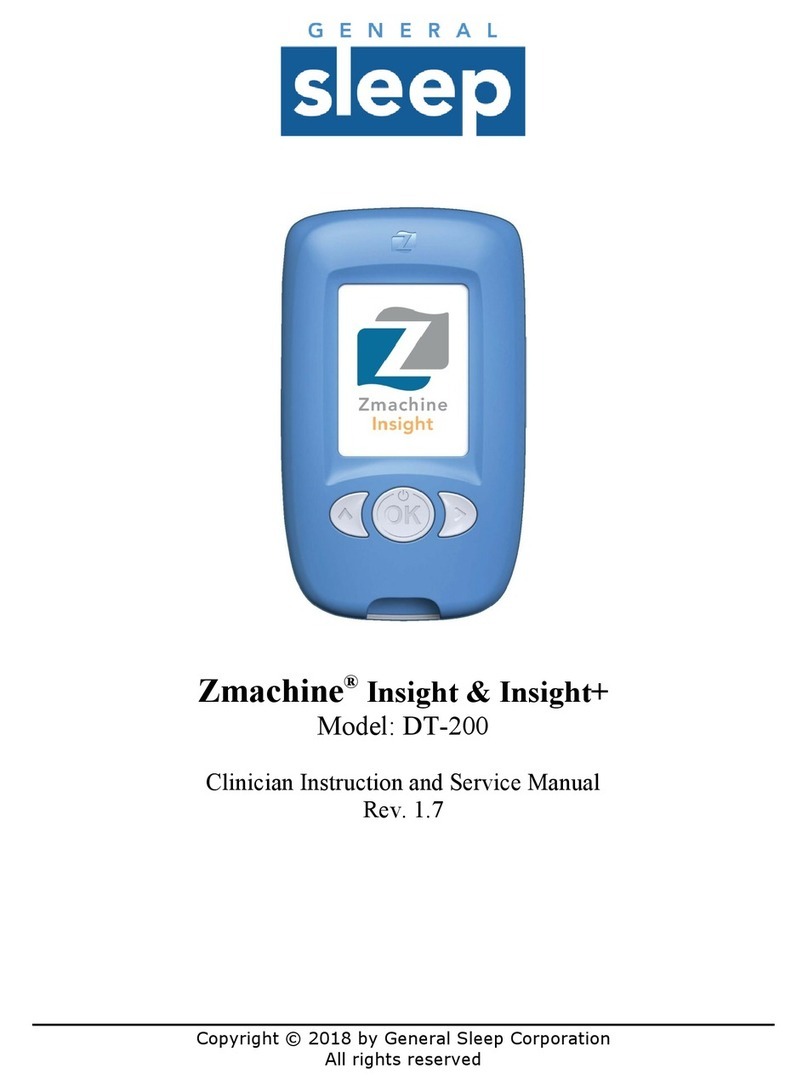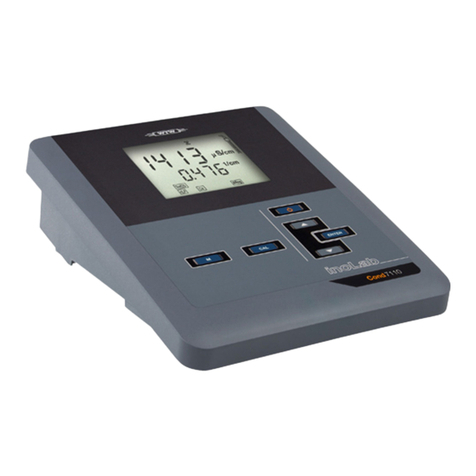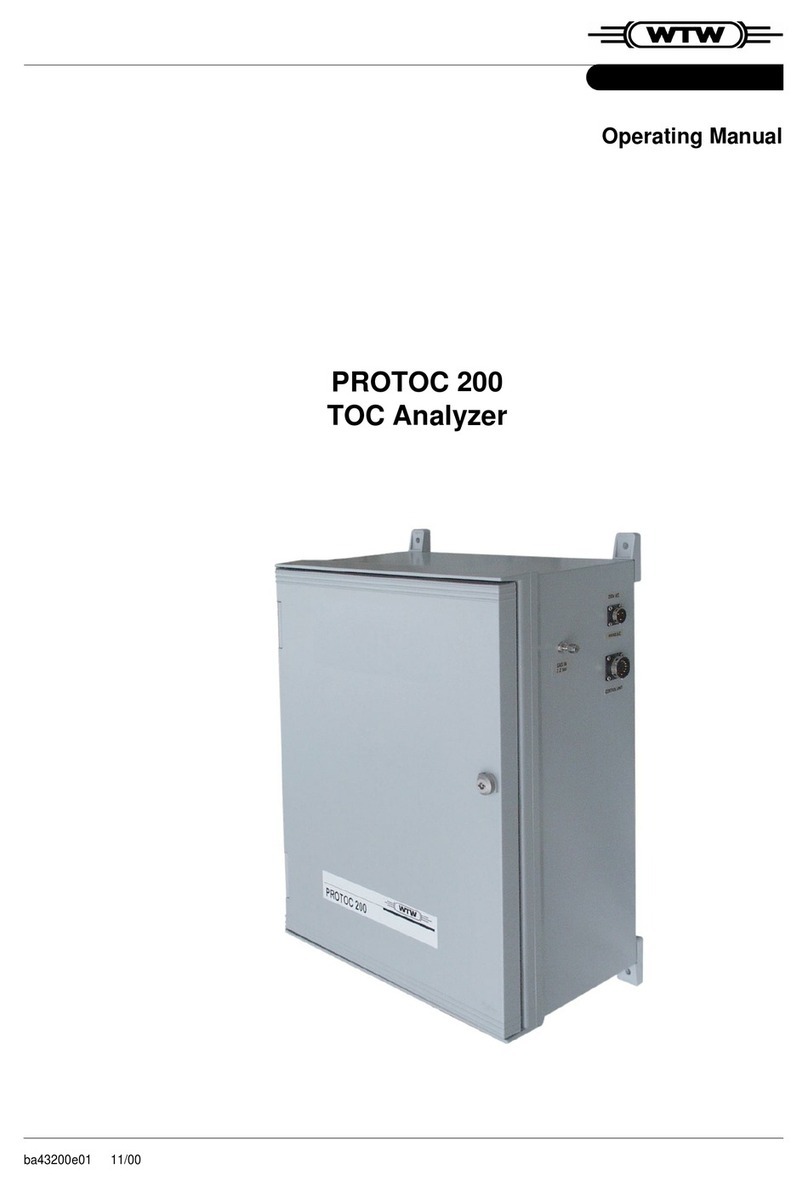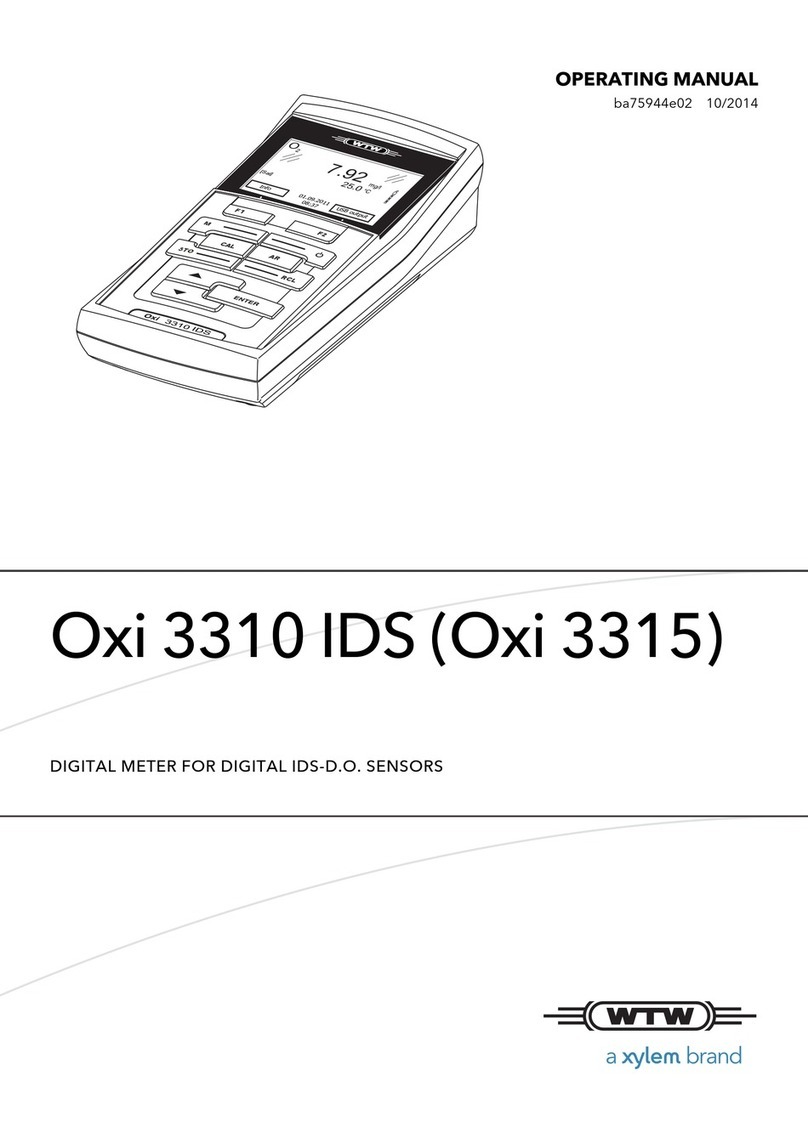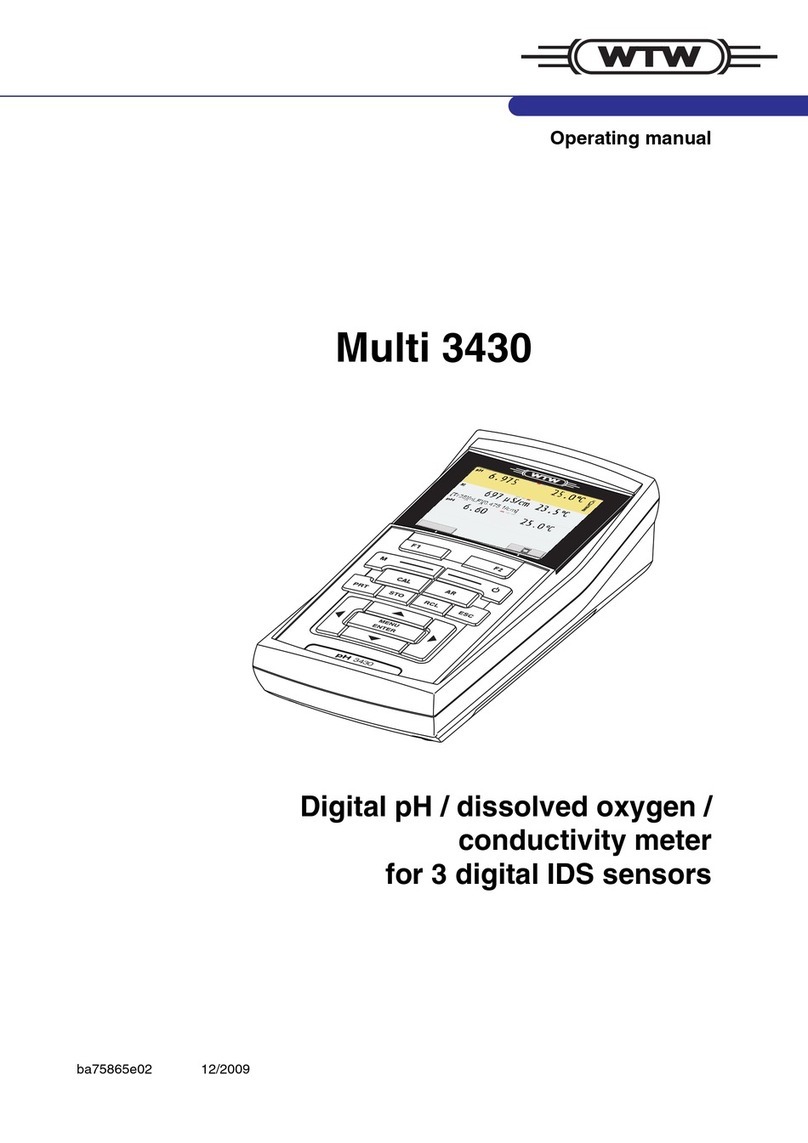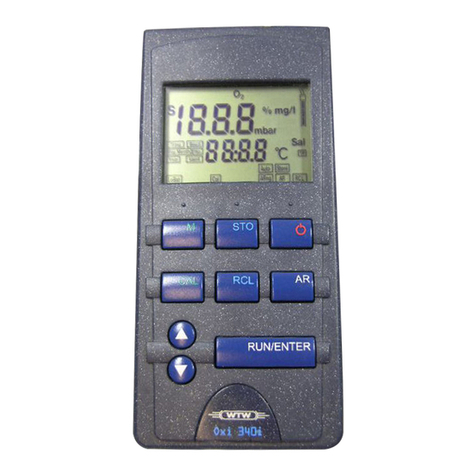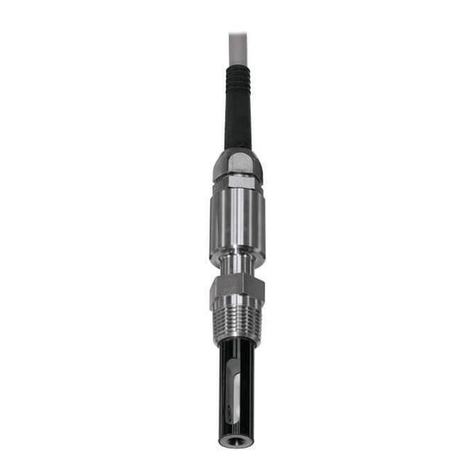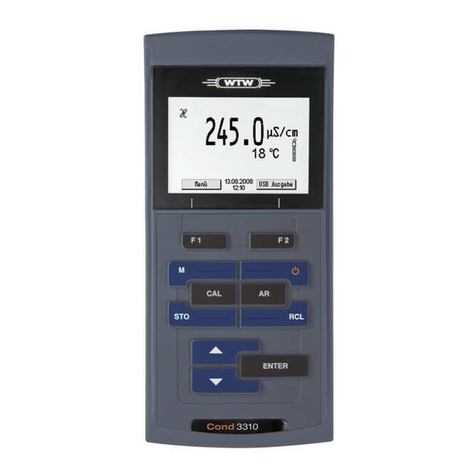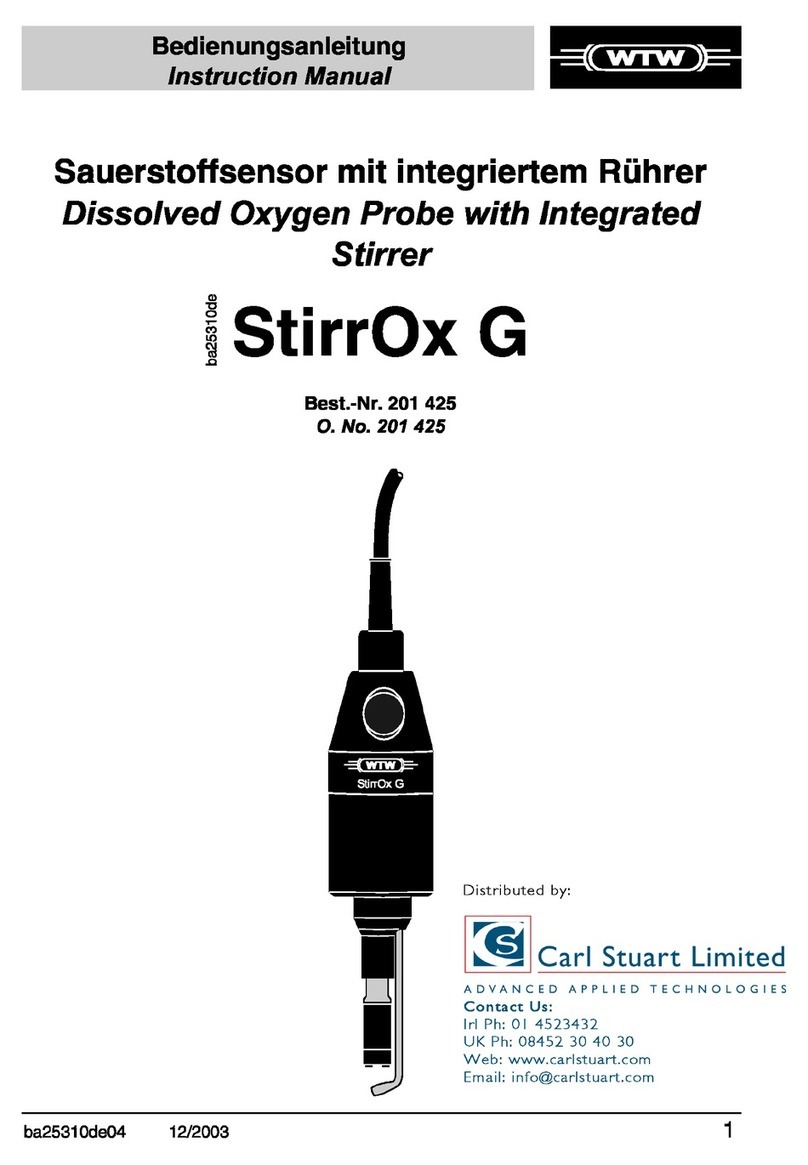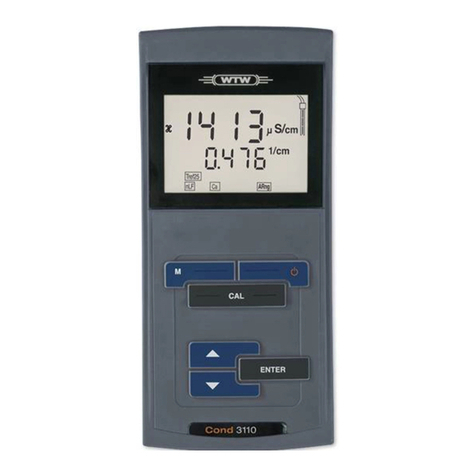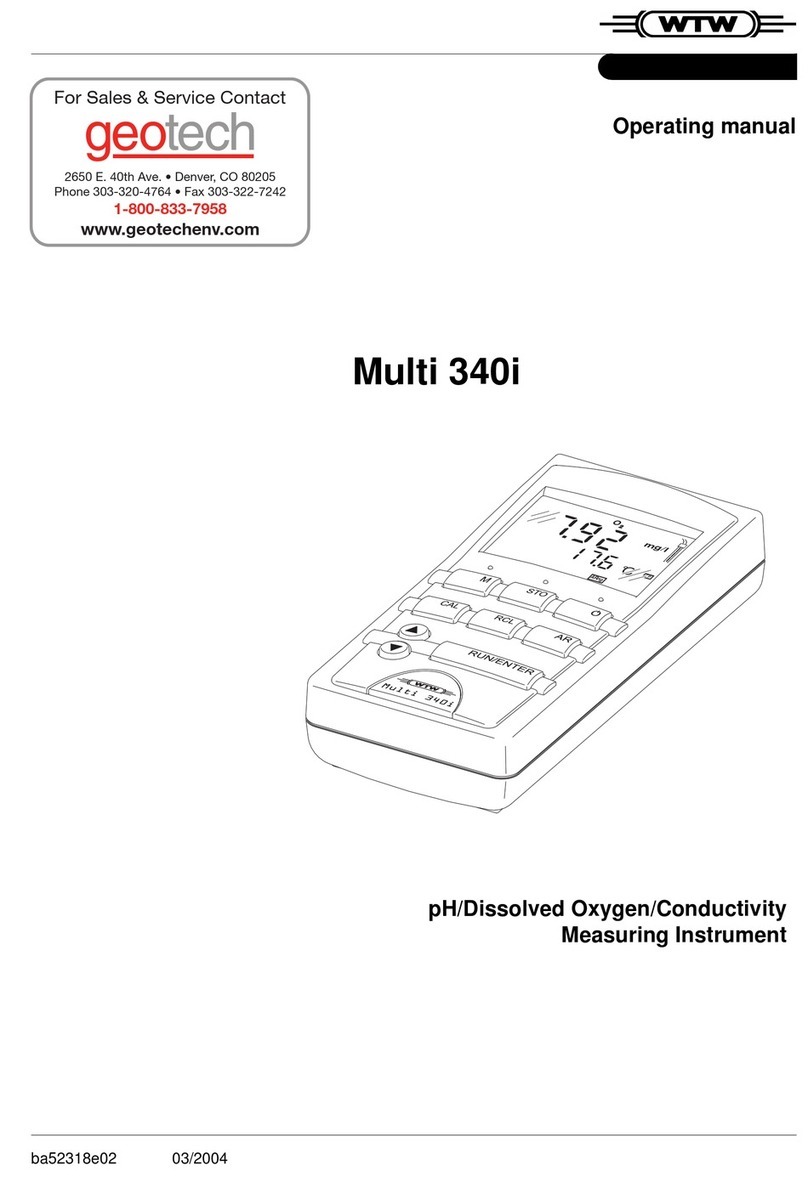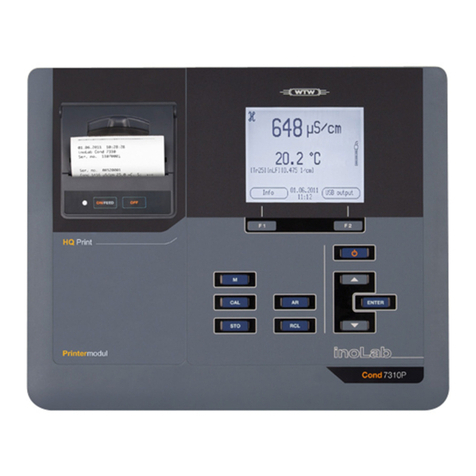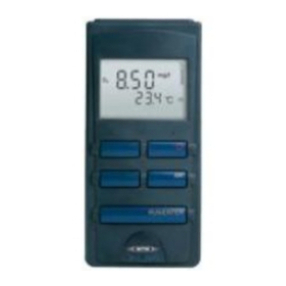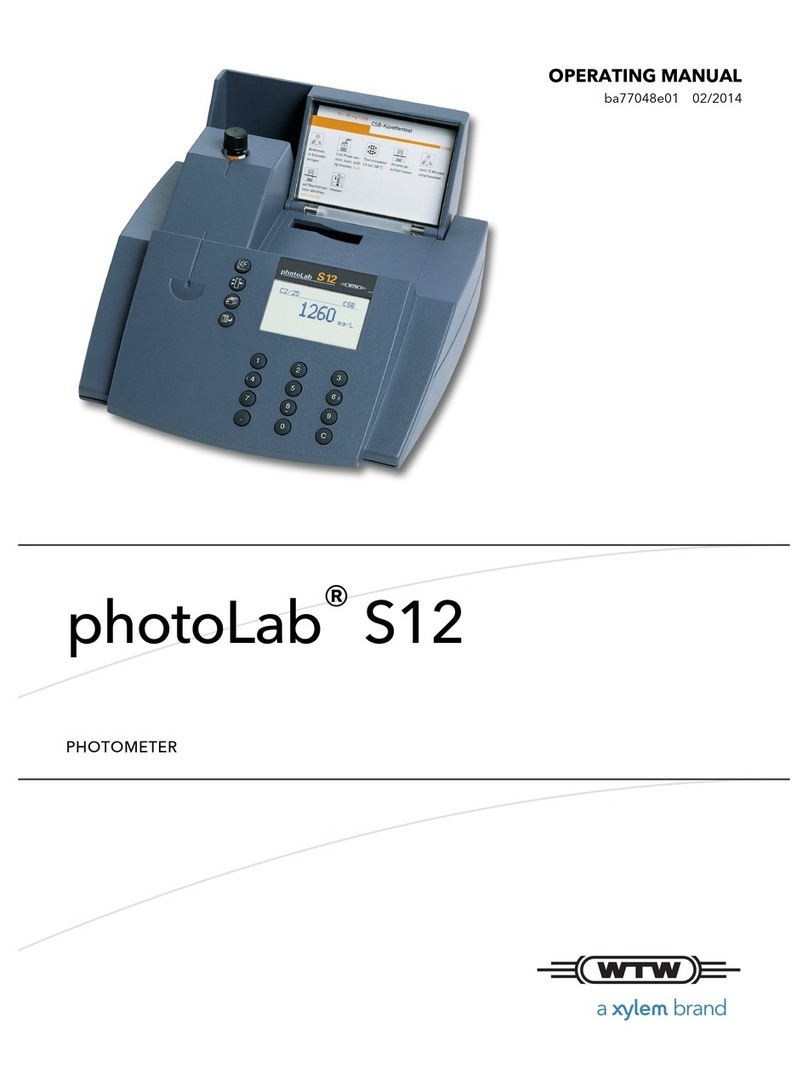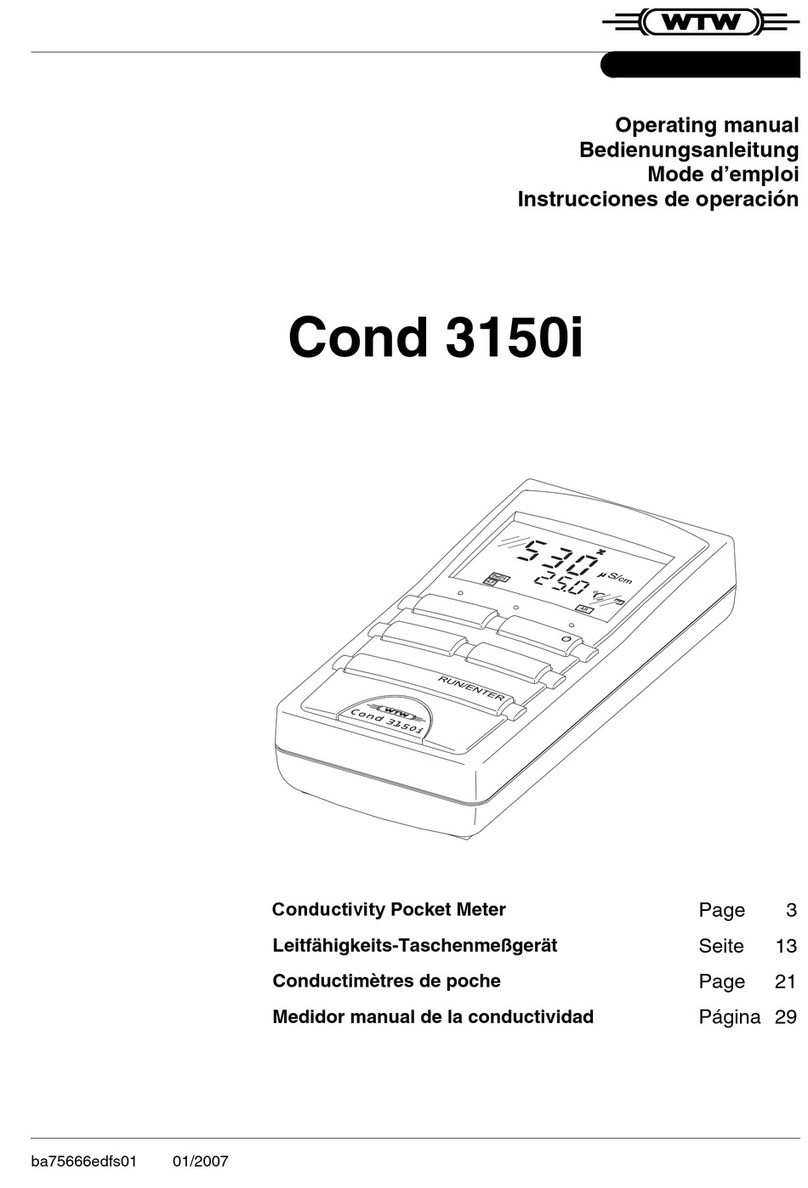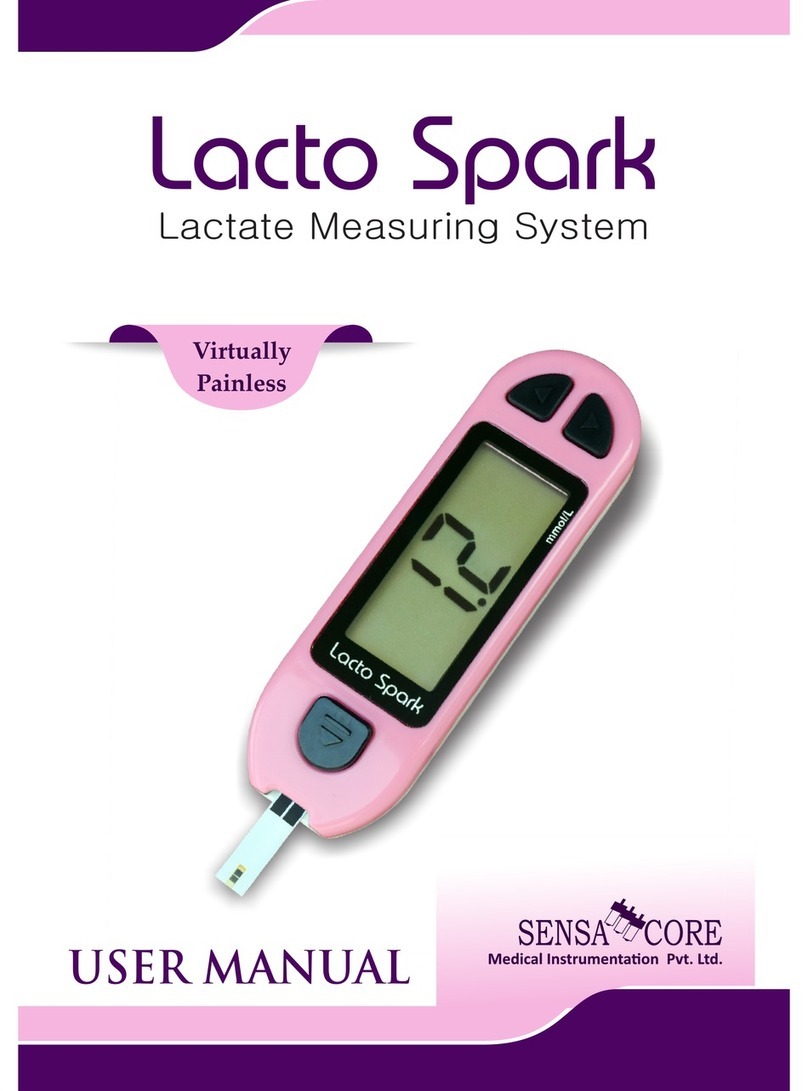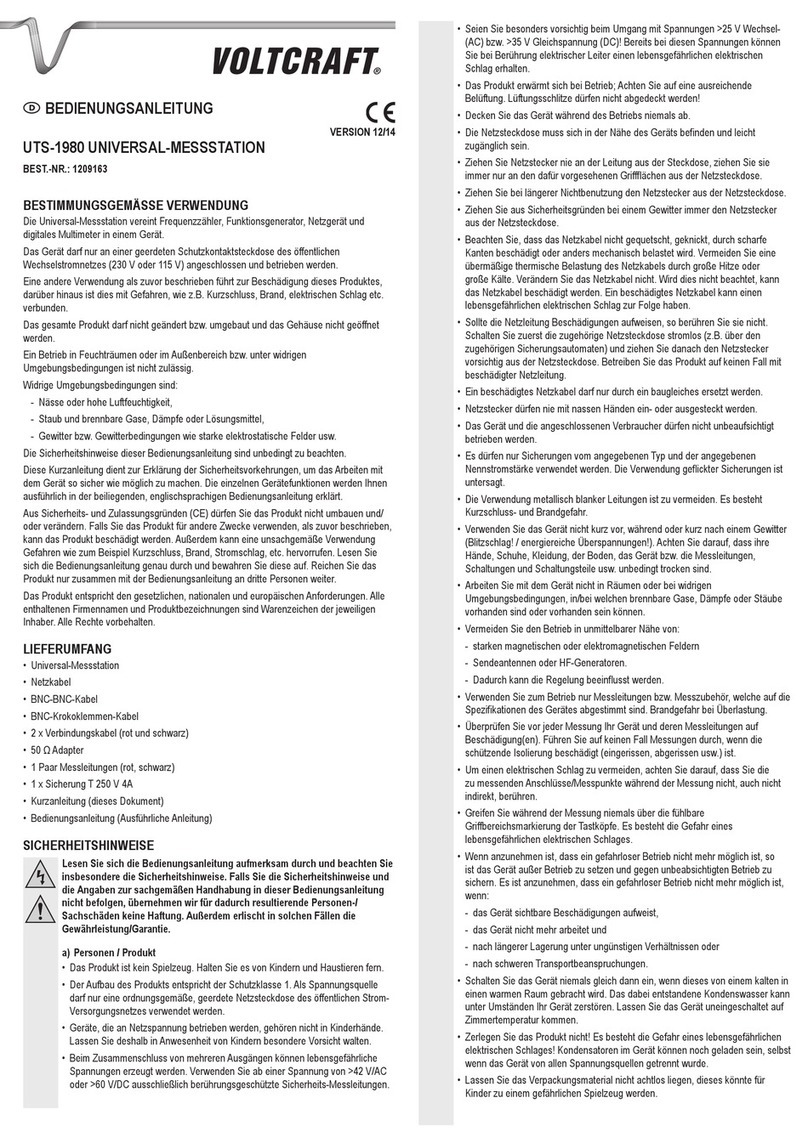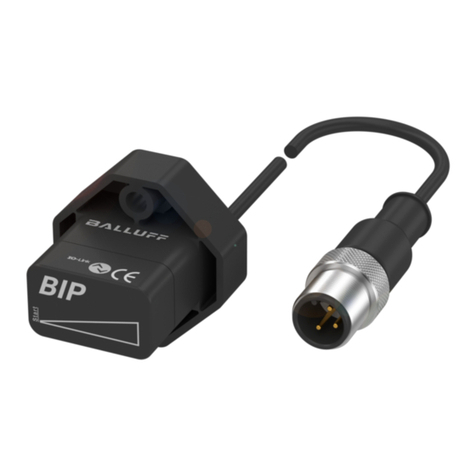
Contents
3
1 Overview . . . . . . . . . . . . . . . . . . . . . . . . . . . . . . . 5
1.1 Overall view of the D. O. probe TriOxmatic®700IN . 5
1.2 Construction of the D. O. probe TriOxmatic®700IN . 6
2 Safety . . . . . . . . . . . . . . . . . . . . . . . . . . . . . . . . . 7
2.1 Authorized use . . . . . . . . . . . . . . . . . . . . . . . . . . . . . 8
2.2 General safety instructions . . . . . . . . . . . . . . . . . . . . 8
3 Commissioning . . . . . . . . . . . . . . . . . . . . . . . . 11
3.1 Scope of delivery . . . . . . . . . . . . . . . . . . . . . . . . . . . 11
3.2 Commissioning / Readiness for measuring . . . . . . . 11
3.3 Recommended fields of application . . . . . . . . . . . .11
3.4 Calibration . . . . . . . . . . . . . . . . . . . . . . . . . . . . . . . . 11
3.5 Measuring . . . . . . . . . . . . . . . . . . . . . . . . . . . . . . . .12
3.6 Exterior cleaning and function check . . . . . . . . . . . .12
3.7 Cleaning with normal operation
(e.g. domestic sewage) . . . . . . . . . . . . . . . . . . . . . . 14
3.8 Storing . . . . . . . . . . . . . . . . . . . . . . . . . . . . . . . . . . . 16
4 Maintenance, cleaning, disposal, spare parts 17
4.1 Replacing the electrolyte solution and the
membrane head . . . . . . . . . . . . . . . . . . . . . . . . . . . 17
4.2 Cleaning the electrodes . . . . . . . . . . . . . . . . . . . . . . 23
4.2.1 Cleaning of the platinium working electrode 25
4.2.2 Cleaning the counter electrode in the
glass beaker . . . . . . . . . . . . . . . . . . . . . . . . 26
4.3 Refilling the membrane head . . . . . . . . . . . . . . . . .29
4.4 Checking whether the probe is zero current free . . 32
4.5 Disposal . . . . . . . . . . . . . . . . . . . . . . . . . . . . . . . . . . 33
4.6 Maintenance and spare parts . . . . . . . . . . . . . . . . . 33
5 What to do if ... . . . . . . . . . . . . . . . . . . . . . . . . . 35
6 Recommended accessories . . . . . . . . . . . . . . 39
7 Technical data . . . . . . . . . . . . . . . . . . . . . . . . . 41
7.1 General data . . . . . . . . . . . . . . . . . . . . . . . . . . . . . . 41
7.2 Measuring conditions . . . . . . . . . . . . . . . . . . . . . . . 43
7.3 Characteristics when delivered . . . . . . . . . . . . . . . .44
7.4 Electrical data . . . . . . . . . . . . . . . . . . . . . . . . . . . . . 45
